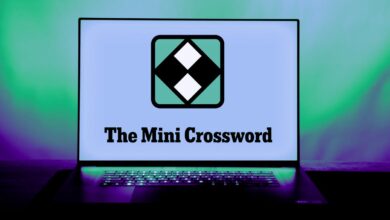Galaxy Watch 7 and Ultra Review: Samsung Squares Up Its Smartwatches
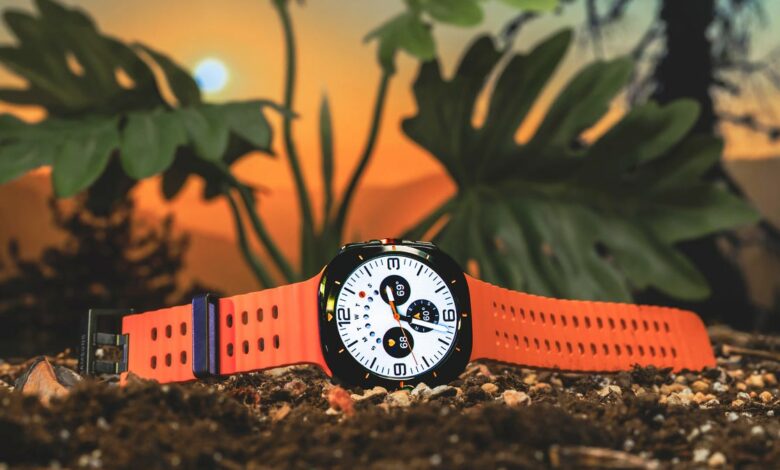
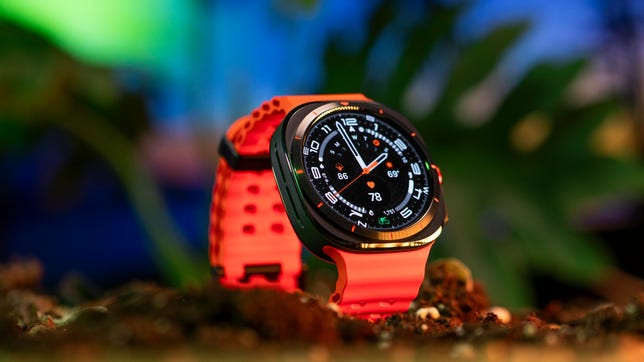
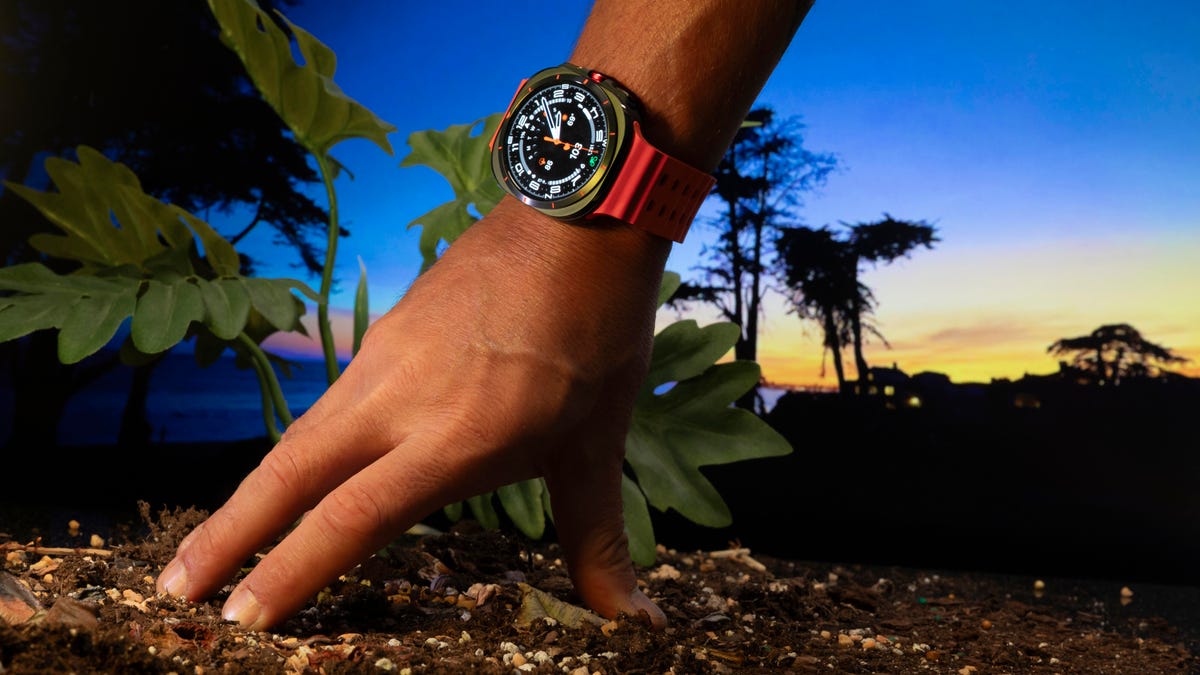
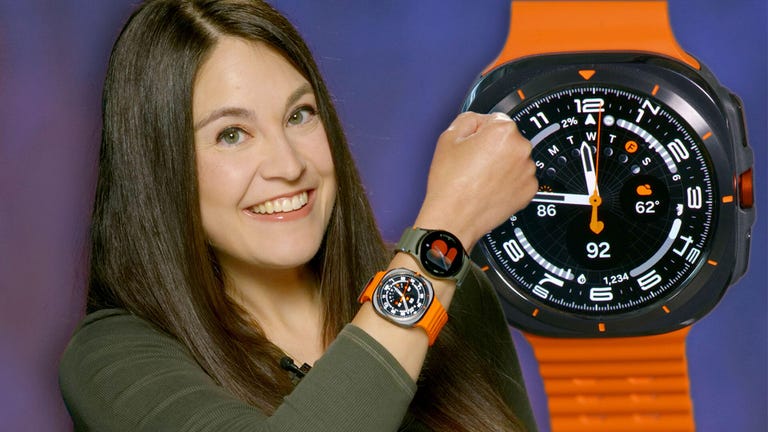
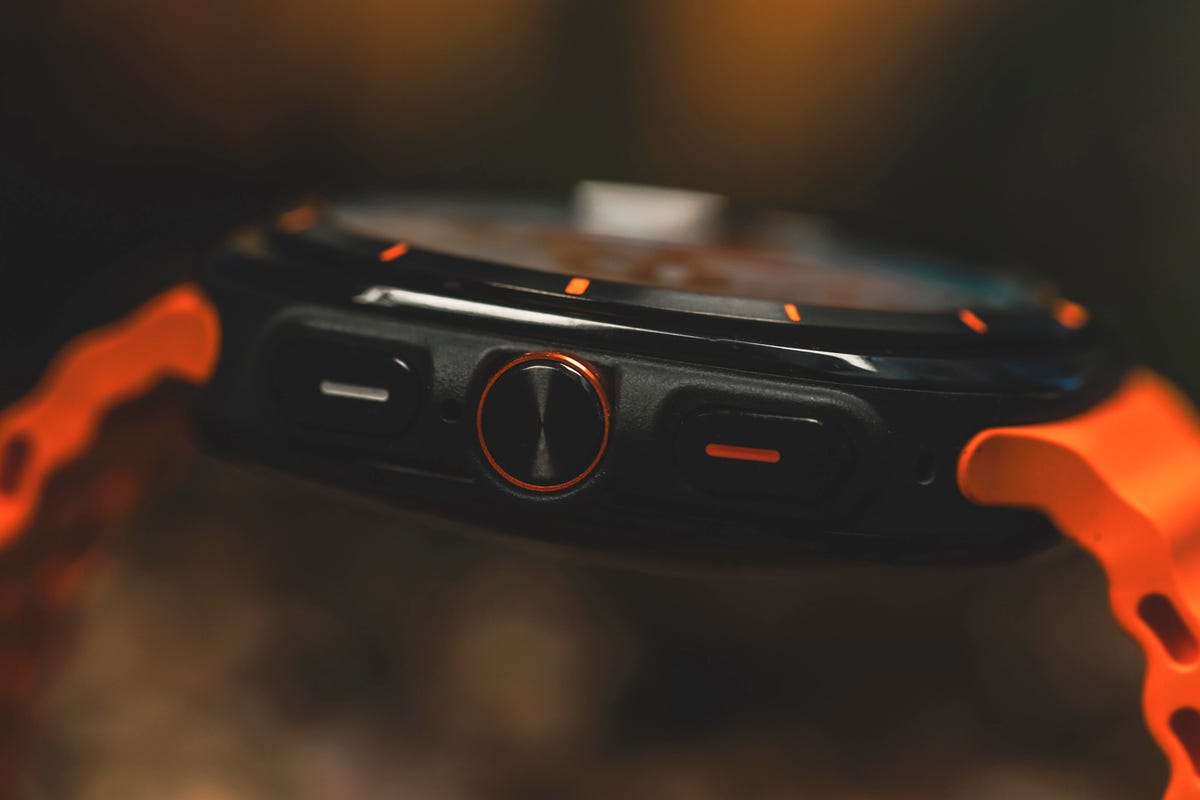
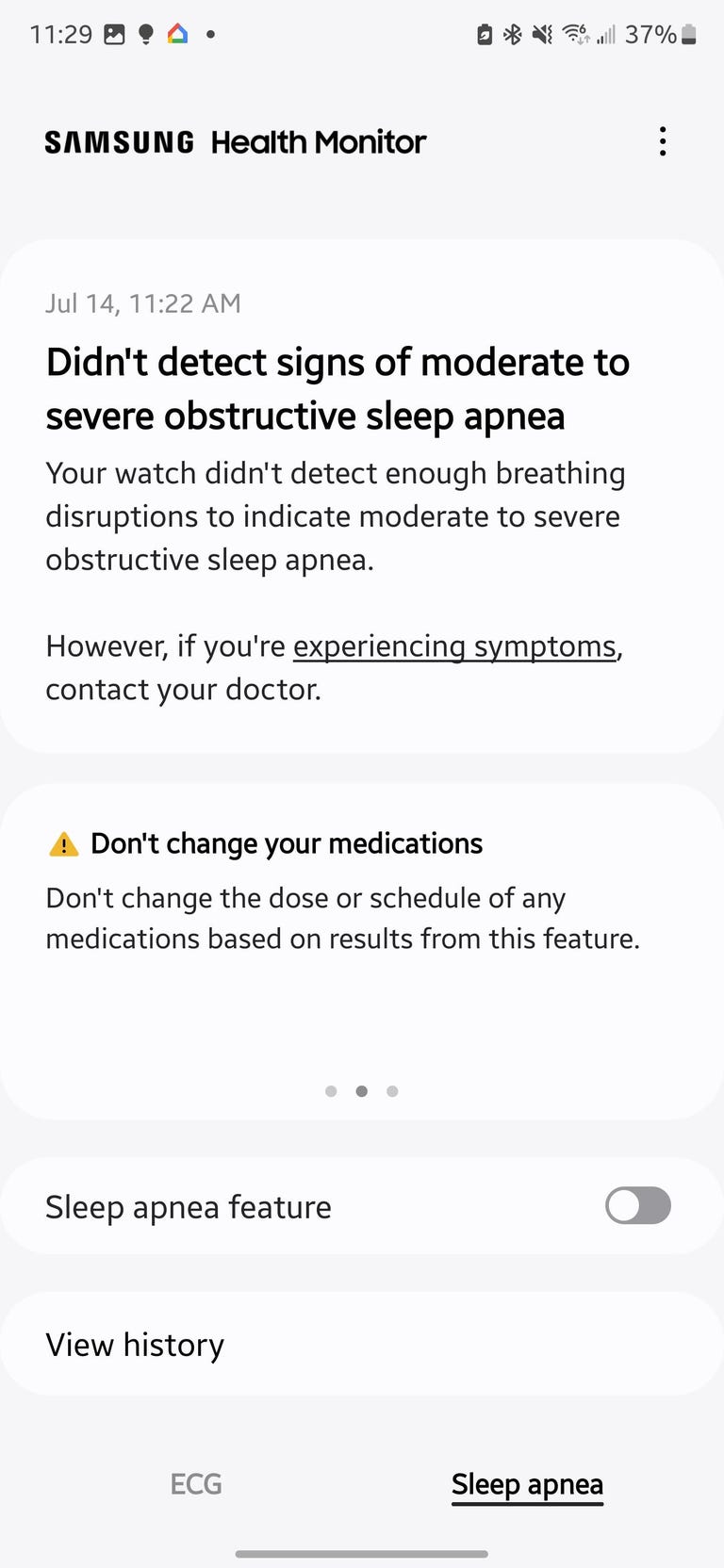
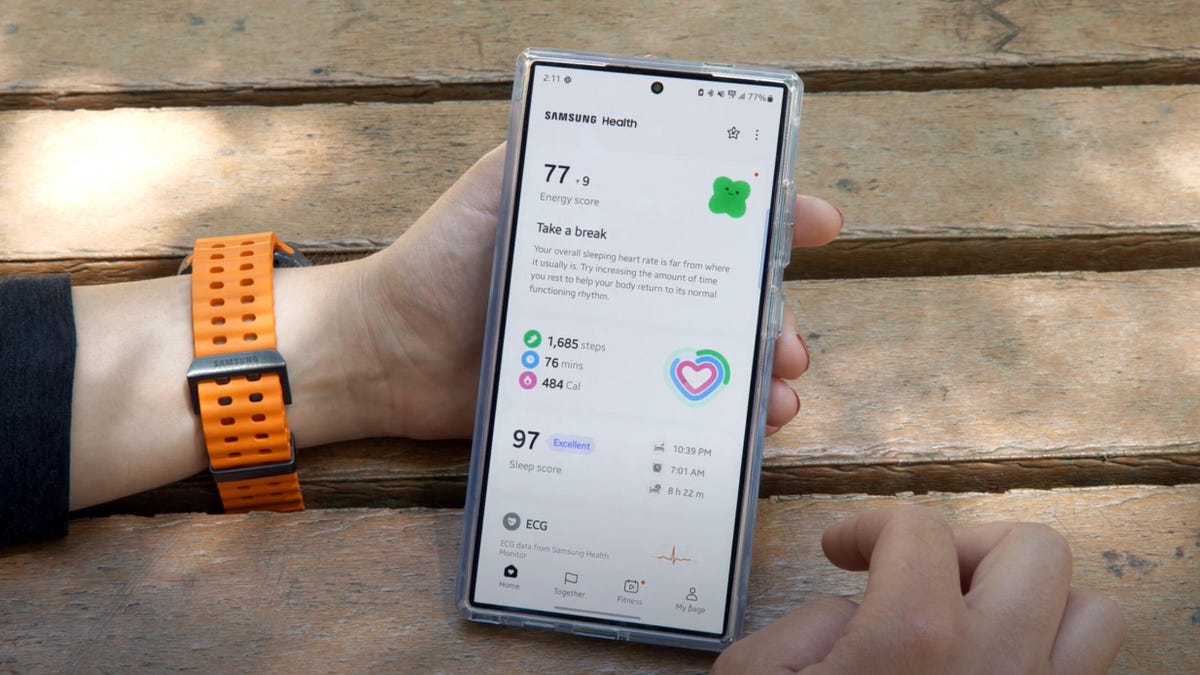
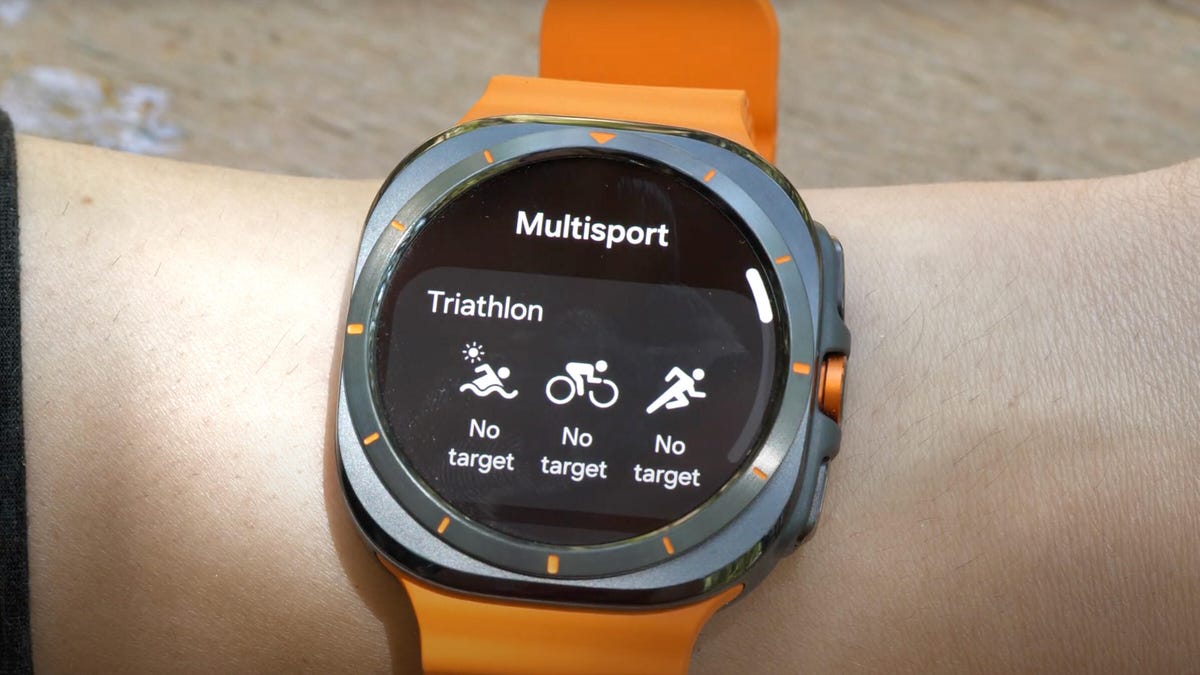

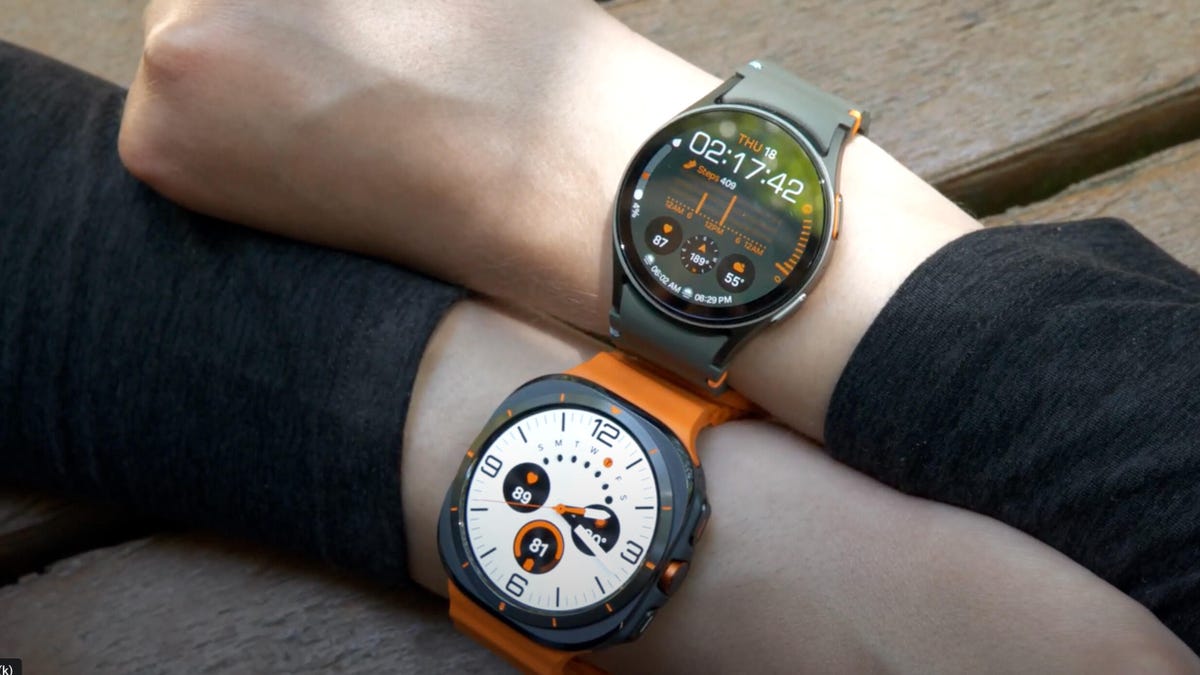

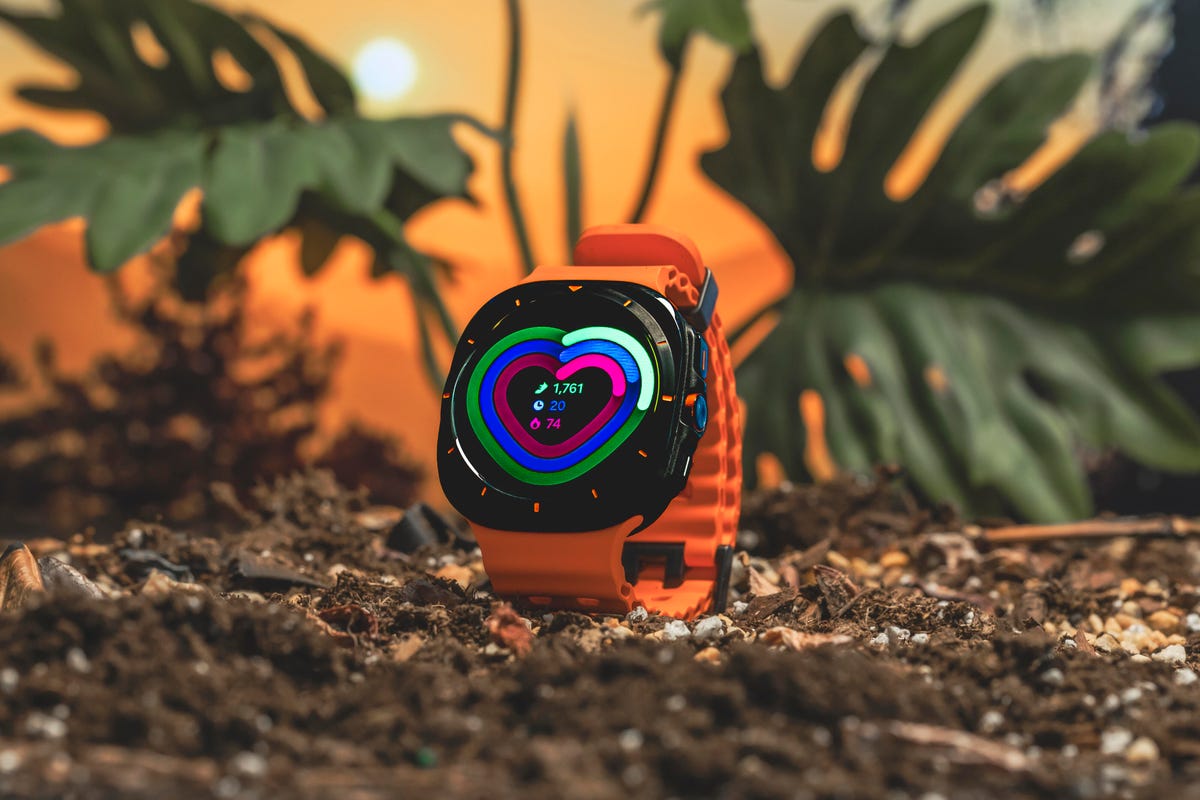
Samsung’s Galaxy Watch Ultra finally gives Android users the big, tough watch we’ve been waiting for. It’s got built-in LTE, runs the latest version of WearOS 5 and has a suite of health and fitness tools that set it apart from other Android smartwatches. But after almost two weeks of testing the Ultra, it’s the regular Galaxy Watch 7 that I’d recommend for most people.
That’s because the $650 Galaxy Watch Ultra and $300 Galaxy Watch 7 are using the same playbook as the Galaxy Watch 5 and Watch 5 Pro from 2022. They’re almost the same watch under the hood, with the same sensors, dual-frequency GPS and health features. The Ultra offers a tougher, titanium construction and a few more workout tools, just like the older watch.

Pros
- Heart rate accuracy improved over older Galaxy Watches
- Sleep apnea detection is easy to use
- Energy score is helpful
- Bright screen on the Ultra is great
- Quick button is really handy
Cons
- Cycling FTP test is very limited
- AGEs index is confusing
- No diving features
- Limited recovery metrics
- Battery life still not as good as it could be
Samsung has used the Ultra name for its flagship products for a while, like the Galaxy S24 Ultra. It’s obvious that the Apple Watch Ultra 2 may have inspired certain features, like the Quick button, but there’s enough here that sets the watches apart to show that the Galaxy Watch Ultra isn’t a cut-and-paste job.
Galaxy Watch Ultra size and fit
Initially, when I first saw the Galaxy Watch Ultra’s design, it wasn’t my cup of tea. But after almost two weeks of testing, the cushion case has grown on me. I’m now used to the circular screen inside the square-ish case.
But it is a large watch. Even though I frequently test similarly sized sports watches, like the Garmin Epix and Apple Watch Ultra, the Galaxy Watch Ultra feels even more bulky than these competitors. My wrist measures 152mm. Watch the video on this page to get an idea of how it might look on you.

Galaxy Watch Ultra on a man’s wrist.
I’m also annoyed that I can’t use earlier Galaxy Watch bands on the Ultra. That’s because it uses a new dynamic lug mechanism, and at the time of reviewing, there are only three compatible Samsung bands: a Marine band, Trail band and PeakForm band.
The Galaxy Watch 7 uses the same one-click band mechanism we saw on the Galaxy Watch 6 and Classic. It’s also compatible with third-party spring pin bands.
The Ultra’s bright screen somewhat makes up for the messy band situation. It hits a maximum brightness of 3,000 nits, the same as the Apple Watch Ultra 2, so it’s very easy to see outdoors. Night mode is also a nice touch, but it only works on a selection of the Ultra-specific watch faces.
And just like the Apple Watch Ultra 2’s Action button, the Galaxy Watch Ultra’s Quick button is truly helpful. I love that I can long press to bring up the end workout page during an activity, or switch the workout type in multisport, and it also changes its action depending on context. So if you have the stopwatch open, for example, the Quick button can record laps with a double press, or start/stop the clock with a single press. This is similar to how the Action button works.

Watch this: Samsung Galaxy Watch 7 and Ultra: First 48 Hours
Galaxy Watch Ultra bioactive sensor
Samsung has completely redesigned the bioactive sensor on both watches, which is what drives the heart rate sensor, electrical heart rate signal and bioimpedance sensor for measuring body composition. I took the Galaxy Watch Ultra to a spin class at CruFit in Oakland, California, to test out Samsung’s assertion that the new sensor and heart rate algorithms have improved accuracy during higher intensity workout types.
After a 60-minute spin class with intervals, I compared results from the Galaxy Watch Ultra against a chest strap, which is the gold standard in consumer heart rate monitoring. The results were much closer than previous tests I’ve done on earlier Galaxy Watches like the Galaxy Watch 6 series. The Ultra still had a few moments when it lagged behind the strap, especially at the start of my workout, but it mostly matched up as the workout progressed.
The average heart rate calculation was also within one beat per minute of the strap, which is a good result.
However, redesigning the sensor means the Galaxy Watch Ultra and Galaxy Watch 7 no longer support reverse wireless charging from a Samsung Galaxy phone, or a Qi wireless charging pad. You’ll need to use the magnetic puck charger.

The Quick button.
Galaxy Watch Ultra and 7 sleep apnea detection

This is what the notification looks like from the Samsung Health Monitor app.
Both the Galaxy Watch Ultra and Galaxy Watch 7 are the first watches to get Food and Drug Administration authorized sleep apnea detection in the US. Once you turn on this feature in the Samsung Health Monitor app, the watch needs two nights of sleep data to track how many relative decreases in blood oxygen occur, then it analyzes this data for signs of moderate to severe obstructive sleep apnea.
Sleep apnea detection is a feature only available to Galaxy Watch Ultra and Watch 7 owners who also have a Galaxy phone, as you can get the Samsung Health Monitor app only on the Galaxy Store. This is also the app that powers ECG readings. The same sleep apnea feature is also coming to earlier compatible devices like the Galaxy Watch 5 and 6 later this year.
After wearing the watch to bed for two nights, I got an alert on my phone telling me that the Galaxy Watch Ultra didn’t detect signs of moderate to severe obstructive sleep apnea. That lines up with a sleep study I did earlier this year at Stanford University as part of a bigger story around sleep and tech, which also didn’t show sleep apnea.
Galaxy phone exclusive features
You can pair the Galaxy Watch 7 and Galaxy Watch Ultra with any Android phone running Android 11 or higher. But like previous years, you’ll need a Galaxy phone to get the following:
- Irregular heart rhythm notifications
- ECG and sleep apnea detection
- Galaxy AI features including the Energy Score
- Double pinch gestures
- Suggested replies
It’s a shame Samsung keeps locking some of its most useful features inside the Galaxy walled garden, taking away from the overall appeal. And though you can potentially sideload the Samsung Health Monitor app on other Android devices, it’s not technically supported and features might not work as expected.

The Samsung Health app, showing data from the Galaxy Watch Ultra.
Galaxy Watch Ultra sports features
The Galaxy Watch Ultra has some new workout tracking tools onboard. But for a watch carrying the Ultra name, I would have expected more.
There’s the multisport workout tile for tracking three different activities without needing to stop and start new workout types manually. The defaults include a triathlon and duathlon, but you can also customize your own multisports. However, not all activity types are supported when you manually make your own multisport workout; for example, you can’t add a walk as one of your segments.

The Multisport workout option in action.
Race mode lets you compete against your previous time on the same route for bike or run workouts. This is really similar to how the Apple Watch lets you race against your previous times.
There’s also an FTP (functional threshold power) test for cycling. Connect a power meter to your phone through the Samsung Health app, then ride super hard for four minutes and you’ll get your power index.
However, this feature only works on the outdoor bike workout type, and you have to start the workout from your phone rather than the watch. The fact that it’s limited to outdoor rides makes this feature more difficult to use than it should be, which is a shame. A shorter, four-minute test could make it easier for more casual cyclists like me to track their effort rather than a 20 minute or one hour test that’s more commonly needed to calculate FTP. And for safety reasons, I much prefer doing cycling tests indoors.
Even though this watch is rated 10ATM, Samsung’s documentation says the Ultra is not suitable for high-pressure water activities and diving. There are also no special diving modes like the Depth and Oceanic Plus apps on the Apple Watch Ultra. Strangely, there’s a scuba diving workout type you can track in Samsung Health, which will automatically activate the water lock, but it doesn’t show depth information. You can, however, use the Ultra for ocean swimming.
The Galaxy Watch Ultra is also missing in-depth recovery metrics. The Energy Score is great if you want an easy-to-understand number to show whether you’re striking a good balance between rest and activity, similar to the Oura ring’s Readiness Score. But more-serious athletes will want additional tools, like Garmin’s training load, or the new Training Load feature coming to the Apple Watch in WatchOS 11.

What does this mean? Your guess is as good as mine.
The new AGEs, or advanced glycation end products, index is supposed to give you an indication of metabolic health. The new bioactive sensor has more LED colors than the sensor used on earlier Galaxy Watches, which Samsung says helps measure this index automatically as you sleep.
You’ll see results in the Samsung Health app. But it’s super confusing, and I’m not really sure what this is measuring. I have no idea if my AGEs index is good or bad. Is being on the low or high end of the spectrum good? Am I 80 years old inside, or 25? It’s very hard to interpret and feels like it’s only on the watch to have something new.
Galaxy Watch 7 vs. Galaxy Watch Ultra
The Galaxy Watch 7 is much less expensive than the Ultra but has a very similar feature set. It’s the watch I’d recommend for most people, as long as you don’t need extended battery life and a tough construction. It’s also much more comfortable to wear for sleep tracking.
Here’s what the Galaxy Watch Ultra and Galaxy Watch 7 have in common:
- The new bioactive sensor
- Sleep apnea detection
- Dual-frequency GPS using L1 and L5 bands
- Exynos W1000 (processor)
- 32GB of internal storage
- Gesture controls like double pinch
- Touch bezel

The Galaxy Watch 7 (top) and Ultra (bottom).
The main differences are the size, price, construction and battery. The Galaxy Watch 7 comes in two sizes, a 40- or 44-millimeter aluminum case, while the Ultra has just one 47-millimeter titanium size. The Galaxy Watch 7 is rated 5ATM, while the Ultra is 10ATM, and the Ultra has LTE onboard as standard. You have to pay $50 more to get an LTE version of the Galaxy Watch 7.
Galaxy Watch Ultra and 7 battery
The Galaxy Watch Ultra’s 590mAh battery capacity is the same as the Galaxy Watch 5 Pro. But have software optimizations and WearOS 5 improved battery performance?
Sort of. Samsung made some bold claims regarding battery life: up to 60 hours of regular use with the always-on display, 100 hours with power saving mode and 48 hours with exercise power saving mode, which cuts back on GPS and heart rate readings.
My testing didn’t quite match up. With regular use, I managed to get 45-47 hours on a single charge — that’s with the always-on display enabled, without LTE and doing a mixture of indoor and outdoor workouts as well as sleep tracking. I think I could’ve got to 60 hours if I cut back on GPS workouts.
With the exercise power saver mode, the Ultra used 3% of its battery per hour during a GPS workout. So that’s more like 33 hours total.
The Galaxy Watch 7 performed a little better than last year’s Galaxy Watch 6. With regular use, including sleep tracking and the always-on display, I managed to get 30-33 hours from the smaller 40-millimeter size.

The battery on the Galaxy Watch 7 has improved slightly over last year’s model.
Galaxy Watch Ultra smartwatch features and gesture controls
Both watches run the latest version of WearOS 5, with Samsung’s OneUI 6 Watch on top. It’s similar to previous generations, but there are a few new features. The always-on display now lets you launch things without waking up the screen first. You can also use the double pinch gesture to answer calls, turn off alarms, move through notifications or control music playback. It’s off by default; you have to go into Settings and choose Buttons and Gestures to turn it on.
I like the new “knock knock” gesture, which lets you launch an app by making a fist and knocking twice. I’ve set it to the flashlight, so I don’t need to swipe down from the screen and press it with two different actions. But it’s not as precise as I’d like it to be, because sometimes I need to overexaggerate the action to get it to work. The Galaxy Watch double-pinch gesture, and Apple’s Double Tap gesture, are more precise and useful.

Viewing activity data on the Galaxy Watch Ultra.
Samsung’s new Exynos W1000 processor does seem snappier in general use, but I do feel like there are still some moments of lag, such as when scrolling through menus. Even launching some apps like WhatsApp and the Play Store takes a few seconds. The touch bezel is also nowhere near as precise as the rotating bezel on the Galaxy Watch 6 Classic. It’s a pain when I’m trying to navigate with sweaty fingers and I keep overshooting the tile I’m trying to reach.
Galaxy Watch 7: The better choice for most people
Does the Galaxy Watch Ultra truly live up to its name? Yes and no. It’s got a lot of useful tools that make it a do-it-all Android smartwatch with a steep price. I do wish the battery life was longer in everyday use. But the Galaxy Watch 7 shares so many features with the Ultra and costs a lot less cash. Unless they need the biggest, baddest Samsung watch, the Galaxy Watch 7 is the one most people should get.

